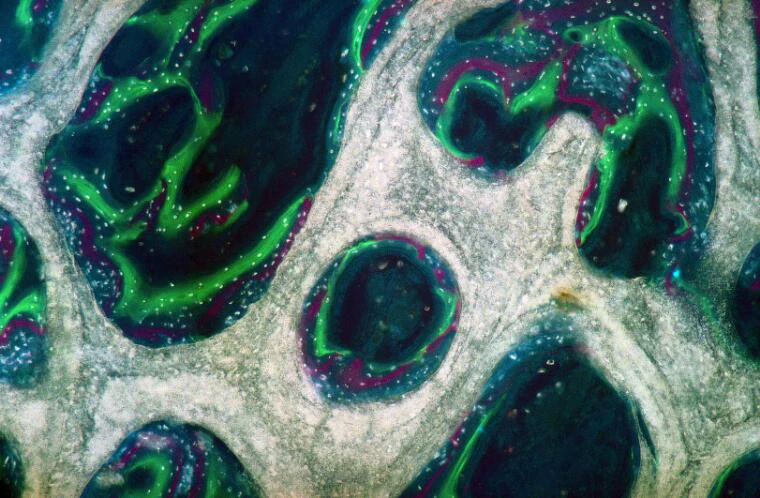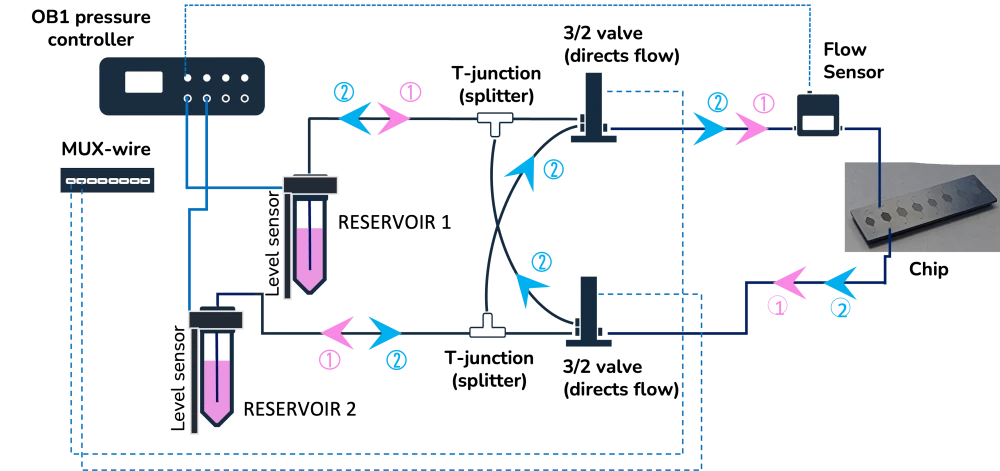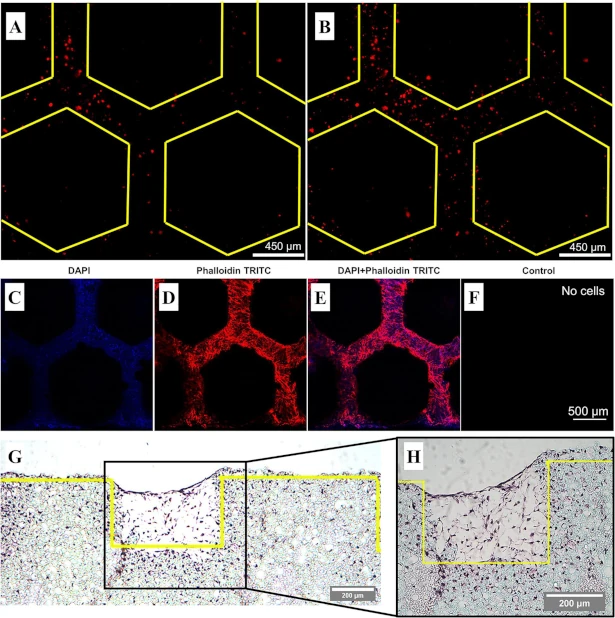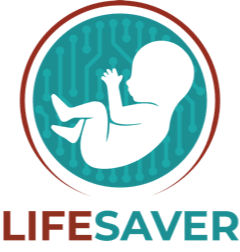Figure 1. SEM bone, rotten trabeculae (osteoporosis). Credit: David Gregory & Debbie Marshall. Attribution 4.0 International (CC BY 4.0).
BONE-ON-A-CHIP PACK
More relevance and controllability than traditional models
Continuous and controlled supply of nutrients in a stable flow
Stop losing your cell experiment due to clogging
Beginner friendly pack with detailed user guide
Bone-on-a-chip advantages over traditional models

Mimic in vivo complex microenvironment
The bone is one of the most complex organs in the body. It operates in a fine balance between osteocytes and osteoclasts, with the former synthesizing new bone and the latter resorbing it [1]. Therefore, cell-to-cell interaction, either through ligand-receptor binding or ionic gradients, is a major component of bone physiology.
However, reproducing it in traditional cell culture models is challenging because of the large volumes and dimensions of the systems, besides being poorly controlled. Culturing bone cells on a chip address precisely these limitations.
Modulate the extracellular matrix
Bone cells are organized around osteons, cylindrical structures parallel to the longitudinal axis of the bone, housing blood vessels and innervations [1].
They are hard to reproduce in traditional cell cultures but are easily integrated into microfluidic chips, such as the Pillar Chips (Fluidic 261) of ChipShop, increasing the morphological relevance of the model.

1. Mansoorifar, A., Gordon, R., Bergan, R. C., Bertassoni, L. E., Bone-on-a-Chip: Microfluidic Technologies and Microphysiologic Models of Bone Tissue. Adv. Funct. Mater. 2021, 31, 2006796. https://doi.org/10.1002/adfm.202006796
Bone-on-a-chip setup
We have assembled all the components to perform a successful bone cell culture on a chip. The setup displayed below has two main functions: 1) the continuous and stable perfusion and recirculation of media for a highly controlled microenvironment; 2) the fail-safe mechanism to ensure the preservation of the experiment in case of clogging. Also, the bone-on-a-chip Pack can be adjusted according to your application.

The bone-on-a-chip pack contains:
- OB1 MK4 flow controller (Elveflow)
- Flow sensors (MFS or BFS, Elveflow)
- Valves
- Level sensors
- Fittings, tubings & luers
- Reservoirs
- Microfluidic chip for bone cell culture (suggestion: ChipShop’s Fluidic 261)
- Elveflow software (Elveflow)
- User guides for instruments
This pack can also be adapted to be used with our automated cell culture platform.
In case of applications requiring fluid injection to test the effects of drugs, for example, a rotary valve can be added to the setup.
Bone-on-a-chip applications
To investigate osteogenesis, Bahmaee et al. designed a microfluidic bone-on-a-chip with pillars made of a functional material, PolyHIPES [1]. The authors cultured human embryonic stem cell-derived mesenchymal progenitor cells (hES-MPs) for 3 weeks and tested different flow rates and profiles to assess metabolic activity, osteogenic differentiation, and mineralized matrix deposition.
Their results show the influence of shear stress on gene expression and cellular behavior. For example, an intermittent flow profile promotes cell differentiation and enhances mineralized matrix deposition. The functionalized material of the microfluidic chip was also shown to be appropriate, with cells interacting with the surface and covering its full extent, as shown below.

References
1. Bahmaee H, Owen R, Boyle L, Perrault CM, Garcia-Granada AA, Reilly GC and Claeyssens F (2020) Design and Evaluation of an Osteogenesis-on-a-Chip Microfluidic Device Incorporating 3D Cell Culture. Front. Bioeng. Biotechnol. 8:557111. doi: 10.3389/fbioe.2020.557111
Customize your pack
Our packs are highly customizable, so you can use the extra flexibility to adapt them to your specific needs. Our microfluidic specialists will advise you on the best instruments and accessories depending on your needs and will accompany you during the setup of the microfluidic platform.
– Check our other Packs for various applications –
Can I order a pack?
Since Packs are products that are still being developed, we have a few eligibility criteria to maximize their success rate. A discussion with our experts is needed to determine your specific needs to offer you a personalized response.
Is the setup sterilizable?
Yes, we have developed a simple protocol for sterilization and cleaning that is provided along with the user guide.
Can a pack be customized based on my specific application?
Yes! Our experts will establish which instruments are best suited for your application, such as the type of flow sensor or the number of flow controller channels you need to perform your experiment. Drop us a line at innovation@microfluidic.fr.
Can I buy individual instruments?
You can order the instruments on the product section of our website.
Funding and Support
The LIFESAVER project helped develop this pack. This project is funded by the European Union’s H2020-LC-GD-2020-3, grant agreement No. 101036702 (LIFESAVER).

